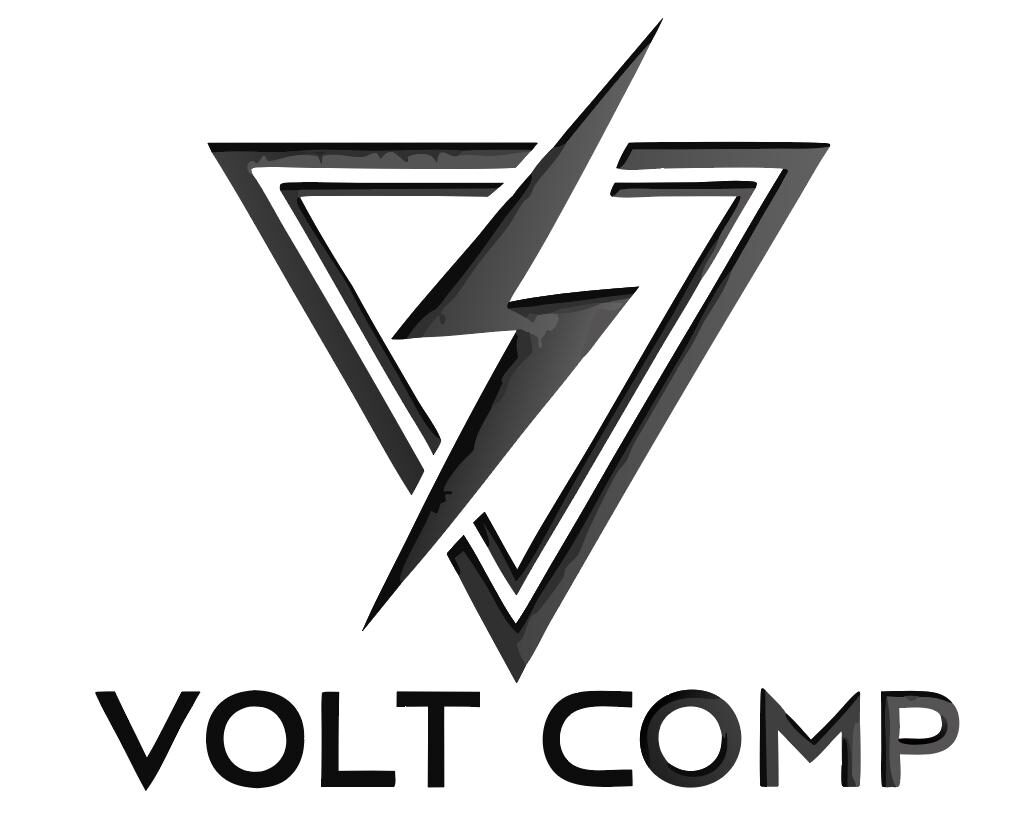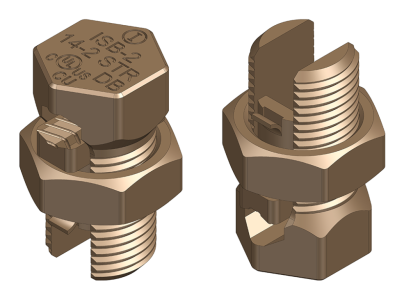Embracing Zero Trust Architecture to Secure Manufacturing Environments and Supply Chains
In today’s rapidly evolving digital landscape, the manufacturing sector faces unprecedented cybersecurity challenges. As cyber threats become more sophisticated, the need for robust security measures has never been more urgent. Enter zero trust architecture—a transformative approach that promises to revolutionize manufacturing cybersecurity and safeguard electrical supply chains. Learn more about Volt Comp’s approach on our homepage.
The Urgency of Cybersecurity in Manufacturing
The manufacturing industry is under siege from rising cyber threats, with regulatory pressures and the integration of remote operations driving the need for enhanced security measures. According to an IDC report, 47% of organizations cite regulatory pressure as a primary driver for adopting zero trust, while 42% are motivated by the need to integrate remote and operational technology (OT) environments. These statistics underscore the critical need for a zero trust approach to mitigate risks and protect valuable assets.
Key Trends and Their Implications
The adoption of zero trust architecture is gaining momentum across the manufacturing sector. This trend is not just a theoretical shift; it has tangible benefits. Companies piloting zero trust have reported a 55% reduction in lateral movement and a 48% faster breach containment, as highlighted in a global IDC survey. Volt Comp’s own case study on zero trust implementation in multi-site manufacturing demonstrates a 67% reduction in unauthorized access, thanks to micro-segmentation and least-privilege controls.
Thought Leadership Insights
Volt Comp’s Chief Information Security Officer (CISO) emphasizes the importance of aligning zero trust strategies with the NIST SP 800-207 framework. “Zero trust is not just a security model; it’s a mindset shift that requires continuous verification and a commitment to least-privilege access,” he states. This approach is supported by Forrester’s principles of zero trust, which advocate for never trusting, always verifying, and assuming breach scenarios.
Actionable Advice for Consumers and End-Users
- Network Mapping and Segmentation: Begin by mapping your network to identify critical assets and segment them to limit access. Read our micro-segmentation guide for best practices.
- Identity Management: Implement robust identity management solutions to ensure that only authorized users have access to sensitive data. Our white paper provides detailed NIST compliance guidance.
- Continuous Authentication: Adopt continuous authentication mechanisms to verify user identities in real time. Explore our solutions for manufacturing environments.
Conclusion
In summary, zero trust architecture offers a comprehensive solution to the cybersecurity challenges faced by the manufacturing industry. By reducing lateral movement, accelerating breach detection, and enhancing supply chain security, zero trust paves the way for a more secure and resilient future. To learn more, visit our Supply Chain Security Guide.





